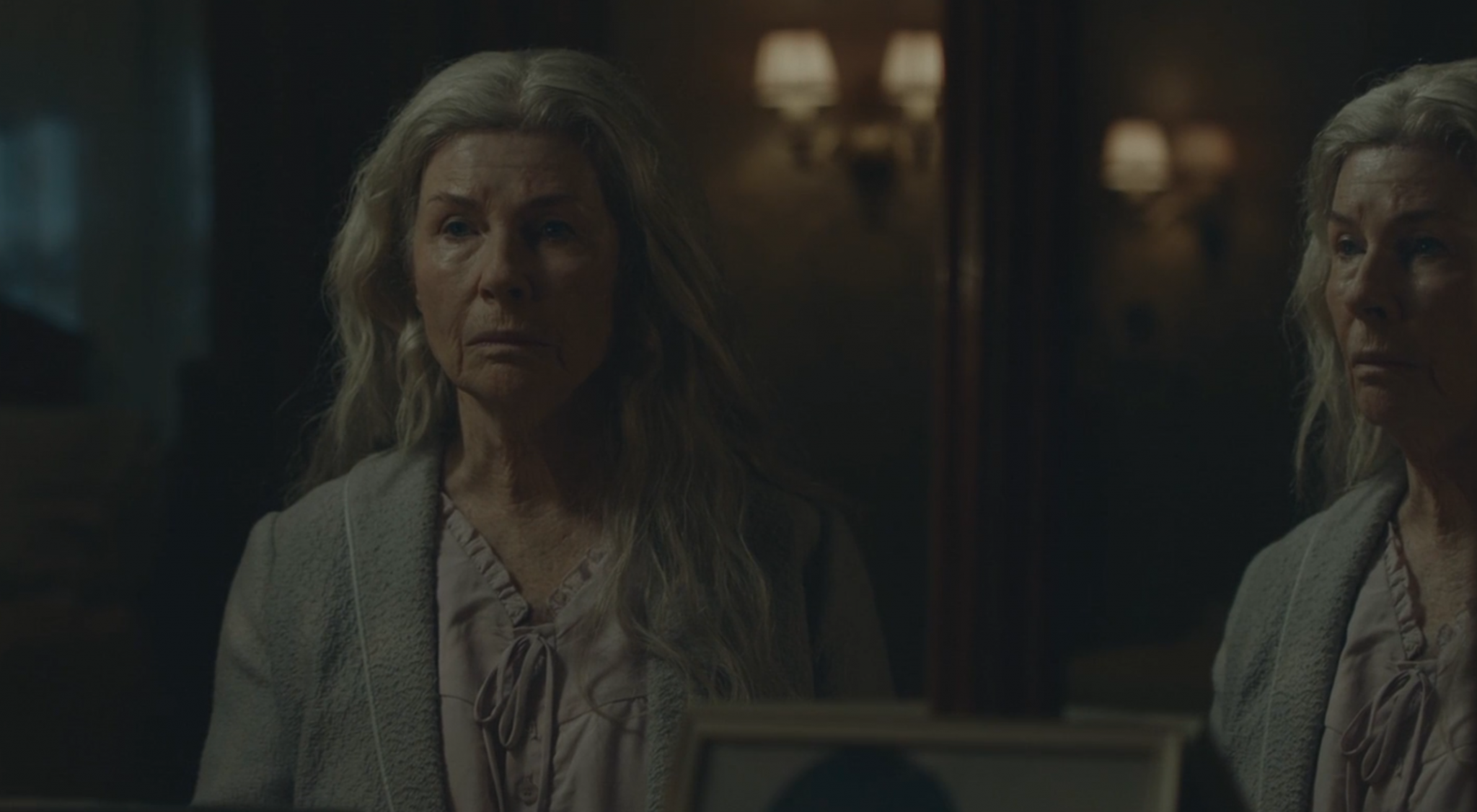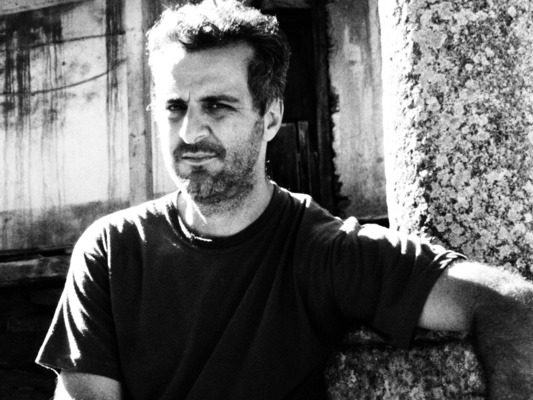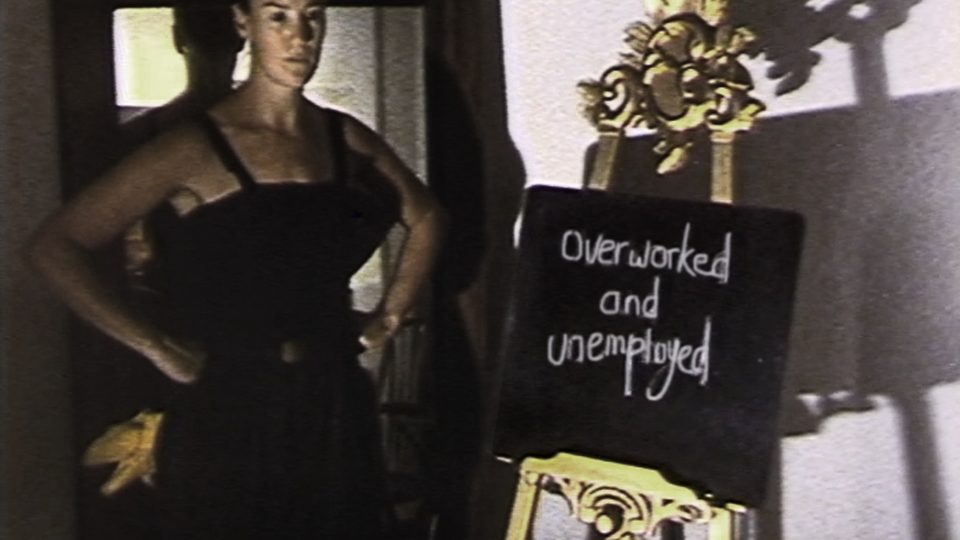
Natalie Erika James’s debut horror feature, Relic (2020), has a simple yet ingenuous premise: Kay (Emily Mortimer) and her daughter Sam (Bella Heathcote) return to Kay’s family home, after the news that Kay’s mother, Edna (Robyn Nevin), has disappeared. Edna shows up soon enough, but there is something wrong with her. In Nevin’s riveting performance, the silver-haired matron, with finely chiseled cheeks and elegant bearing, can swivel from a dreamy bon-vivant dancing blithely to romantic songs, to a forbidding, chilling hag. She can also turn surprisingly murderous.
We never quite unravel the mystery of that murderous bend. In Edna’s, and therefore Kay’s lineage, there appears to be an old ancestral curse: A cabin in the woods, which had been destroyed, but whose hand-painted window was brought to the new home, flashback images of decaying bodies, and the rot and mold that invade those ancestral scenes and that now creeps in, at the new location. It is a house of leaks, of decrepitude so ancient it has been blooming secretly for centuries. It’s a pity that James doesn’t root this story further, instead letting it remain vague.
The present, however, is doubly absorbing. The nuances and swift sways – between normalcy and eeriness – abound. Edna suffers from what looks like a later stage of Alzheimer’s. There are post-it notes everywhere, reminders to close the tap, to lock doors, but also mysterious admonitions, “Do Not Follow It.” In James’s horror, the biological illness is elevated to a primordial one: Edna is the dissolving Other, the loved parent whose memories are now dangerously adrift, but she is also the mythical Other, a being so permeated by ancestral rot she may in fact no longer exist. We will see as much in the final scene, when Edna’s thin, bony, rot-spotted body gives way, and layers of age, of secrets, glimpse within.
Watching the film I was reminded of Karen Russell’s sublime short story, The Bog Girl, which, in a more satirical vein, nevertheless plays on a similar idea of a painful ancestral legacy and its physical manifestation, and with it, explores our most innate, primal fears. Like James, Russell also makes her horror story about the fear and sadness that creep in when we can no longer communicate with, and so find solace in, our loved ones.
Relic is also a haunted-house narrative. Charlie Sarroff’s cinematography becomes so claustrophobic in the keys scenes when Kay and Sam are suddenly lost in the house’s psychic halls you can feel the crushing pressure of those narrowing moldy walls, and the acute paralyzing fright of suffocation, on your skin. The gorgeous sound design draw us into the constant sonic threat, the unceasing creaks, scraping, thuds, the readiness to jump and scream at each squeak. In bringing the house to life, as an animated, breathing being, a trap, James joins recent cinema by women who’ve also worked in this horror vein, including Josephine Decker with Shirley (2020), and earlier, Jennifer Kent with The Babadook (2014).
James brilliantly plays on the idea that women’s lives are locked into our reproductive cycle. The hidden relics of land, habit, family, genes and culture that one woman carries inside her, she passes on with birth. Secrets and threats passed down, for generations. As the three women lie down next to each other, cradling each other’s bodies, we can see the affirming power of this lineage and bond. And then, we also see the threat.

